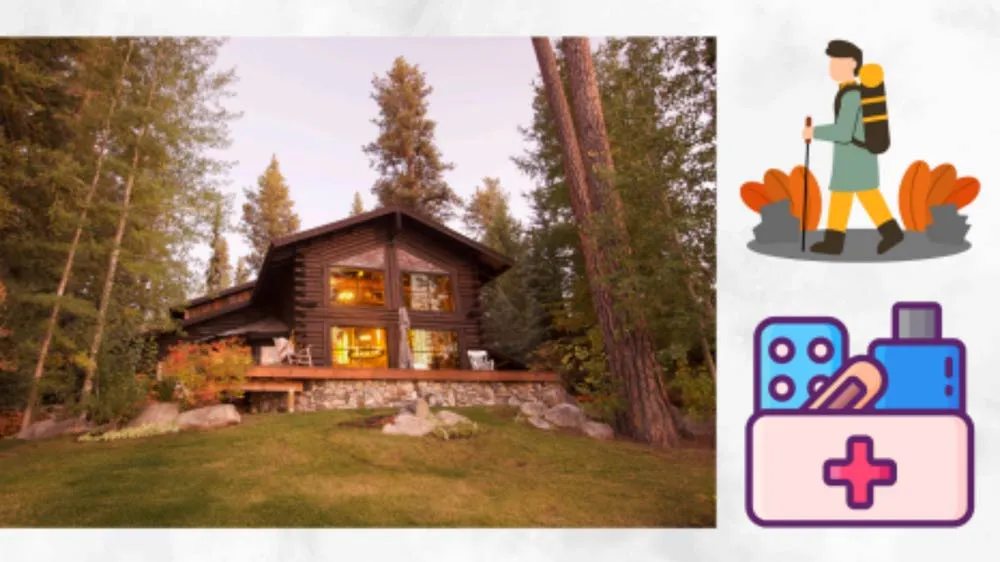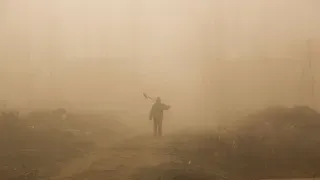August 23, 2011
Coming Out: LGBT Teenagers in Their Own Words
Angela Giampolo READ TIME: 4 MIN.
As some of you may know, I am passionate about the issue of suicide among LGBT teenagers. And among other things, I participated in an It Gets Better Video put together and produced by the Independence Business Alliance in Philadelphia. As such, this column focuses on a new initiative that the New York Times recently launched-a series focused on exposing the experiences of LGBT teenagers.
Titled 'Coming Out': Gay Teenagers, in Their Own Words, the series shares personal stories of LGBT youth at different stages of the "coming out" process. The Times announced it launched the campaign as an effort to better understand this generation's realities and expectations and to give teenagers their own voice in the conversation.
For those individuals fortunate enough to be part of the popular crowd, high school represents a time of first loves, careless dreams, and unbridled youth. For most adults, however, high school is an experience worth forgetting. Let's face it, kids can be cruel. Most teenagers come of age in a place where differences are ridiculed, not celebrated, and in this oftentimes harsh environment, teenagers are torn between "finding themselves" and "fitting in." To make matters worse, some teenagers choose to berate others in order to boost their own self-esteem. So, for the average gay teenager, high school can be hell.
Ridiculed, bullied and ostracized by their peers, gay teenagers are oftentimes left to believe they are alone in the world, a feeling which has all too often resulted in tragedy. The suicidal deaths of five LGBT youth in the span of a mere three weeks in 2010 brought much needed media attention to the pandemic and finally alerted the American public of the depth of the issue.
Suicide is the third leading cause of death among young adults from ages 15 to 24, but lesbian, gay and bisexual teens are four to five times more likely to attempt suicide than their heterosexual peers are. A 2009 study, "Family Rejection as a Predictor of Negative Health Outcomes" led by Dr. Caitlin Ryan and conducted as part of the Family Acceptance Project at San Francisco State University, showed that adolescence who were rejected by their families for being LGBT were 8.4 times more likely to report having attempted suicide.
The Answer: Advocacy, Education and Acceptance.
As previously mentioned, the American public has finally been awakened to the issues afflicting gay teens. A wave of media campaigns and support groups, such as the "It Gets Better" campaign led by columnist and author Dan Savage, has helped to reassure gay teens that they are not alone and a surge of gay characters and gay story lines on television has provided LGBT teens with much needed feelings of acceptance. As with any hot button issue, however, media attention often begins to fade. Thankfully, certain advocacy groups and media outlets have been able to keep the issues afflicting gay teens afloat.
The Times spoke with or e-mailed nearly 100 LGBT teens from all of parts of the country-from rural areas to urban centers, from supportive environments to hostile ones. The newspaper contacted them through various advocacy groups, as well as through social networking sites like YouTube, Twitter and Facebook.
The Trevor Project, which provides counseling to LGBT youths in crisis, among other services, posted a call for teenagers to tell their stories to the Times, resulting in nearly 250 responses.
The stories that the Times received from LGBT teenagers across the country were astonishing. Some teens' stories were filled with anxiety, fear, and rejection, but surprisingly, a majority of others was filled with acceptance, love, and hope.
"I don't know how to label myself," wrote one teen. "I shouldn't want a label, but I do. I like being part of a group, I like knowing where I belong, I like fitting into spaces carved out for me."
"I was afraid to tell," said Kenji. "I am a gay teenager living in a traditionally conservative state, Alabama. As if it weren't bad enough that I have had to struggle with bullying and teasing from my peers on a regular basis, I have also had to struggle with coming out to my father."
"Apparently they were just waiting for me to come out to myself," Sarah told the Times. I can't say it was much of a surprise to my family or most of my friends when I came out as gay a year ago. I on the other hand was shocked."
Although society is becoming more accepting of the LGBT community, some things have yet to change. Gay teenagers continue to come of age amidst fears of bullying, rejection, and loneliness. "In the face of competing messages, lesbian, gay, bisexual and transgender youths just want to be teenagers," writes the Times. "While they envision a world where they can get married and have doors opened to them, they do not want to be defined by their sexuality, regardless of how they are received by their community. It is just one part of their identity."
At a stage in life when "fitting in" seems to be the most important thing imaginable, LGBT teenagers simply want to be accepted for who they are.
Angela D. Giampolo is an attorney, avid entrepreneur, and advocate for the LGBT community. Her column informs readers about changes affecting the LGBT community and provides expert advice on varying topics. As Founder and Principal of Giampolo Law Group, her goal is to provide a safe place for the LGBT community to service their legal needs and have their business and entrepreneurial questions answered. To learn more about Giampolo Law Group visit www.giampololaw.com and to read more articles, you can visit the firm's two blogs at www.phillygaylawyer.com and www.lifeinhouse.com. To contact Angela directly with your business and legal related questions email her at: [email protected].





